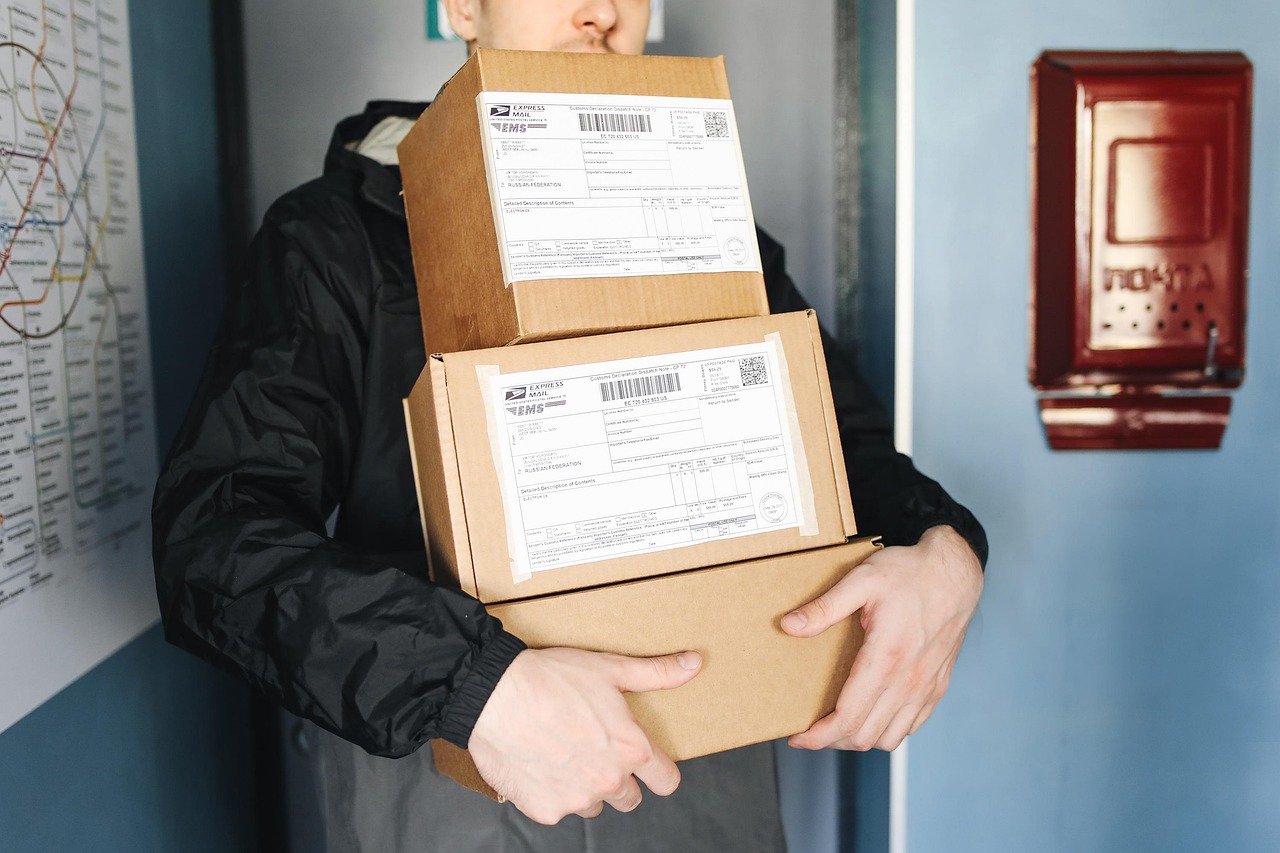Global Shake-up in Corrugated Packaging: Experts Say Digital is the Future

Corrugated packaging, often seen as a “traditional and cautious” industry, is now quietly undergoing a major digital transformation. Michael Strelecki, newly appointed Corrugated Segment Manager for Domino in Europe, the Middle East, and Africa, has nearly 40 years of experience in printing and packaging. He sees both the challenges and the opportunities that lie ahead.
He points out that the corrugated industry is consolidating rapidly, with increasing pressure on cost and efficiency. Yet most companies still rely heavily on traditional analog workflows. “Digital removes complexity,” Strelecki says. “The real challenge is helping converters understand the value digital can create.”
From Analog to Digital: A Veteran’s View
Strelecki began his career in 1986, during the era of Macintosh and PageMaker. He has witnessed every leap in printing technology—from early desktop publishing, to offset innovations, to today’s inkjet presses. His career at Apple, Heidelberg, Konica Minolta, Esko, and Consberg always kept him close to industry innovation.
Now, his mission at Domino is to unlock the full potential of the X630i single-pass water-based inkjet press, designed specifically for corrugated. “It’s not just about selling equipment,” he explains. “It’s about training teams, making samples, running virtual demos, and letting customers experience the technology first-hand.”
Bottlenecks and Opportunities
Corrugated may look ordinary, but it plays a crucial role in both the economy and sustainability. With the growth of e-commerce and retailers demanding smaller runs with shorter lead times, box makers face huge pressure. Yet many are still tied to flexo printing, with its long setup times and costly plates.
Post-pandemic overcapacity and falling prices have only made things harder. “We are witnessing major consolidation,” says Strelecki, noting Mondi’s purchase of Schumacher’s Polish plant and Smurfit Kappa’s merger with WestRock. But this wave of M&A also creates opportunities for agile digital printers.
Domino’s X630i, he believes, is arriving at the right moment. Designed for short to medium runs without plates, it reduces waste and supports customization. “For orders between 10,000 and 50,000 boxes, digital is faster and more cost-effective. It’s not about replacing flexo, but about finding the right balance and optimizing a converter’s order mix.”
Regional Differences: New Markets, New Mindsets
Strelecki oversees markets across Europe, the Middle East, and Africa. Germany leads in corrugated output, followed by Italy and Spain. Meanwhile, Turkey and South Africa are showing exciting growth and a strong appetite for innovation.
“In South Africa, packaging is advanced, with players like Mpact and Boxmore,” he says. In Saudi Arabia and the UAE, strong investment is building new factories and adopting advanced technologies. “The Middle East is more open to new ideas than Europe. They’re starting from scratch, so they are less risk-averse.”
This openness also applies to sustainability. While Europe struggles with regulation and cost pressures, Gulf countries are positioning themselves as green manufacturing hubs. Domino benefits here, as its water-based inks and closed-loop cartridge systems support cleaner production.
Sustainability at the Core
Domino and its parent Brother Group aim to be carbon-neutral by 2050, with an interim target of reducing Scope 1 and 2 emissions by 65% by 2030. From 2015 to 2022, emissions were already cut by 44%. The company is also testing plant-based inks and circular production models. “Sustainability is not just a trend,” Strelecki stresses. “It is a driver of innovation.”
Corrugated is often called the most sustainable packaging form, but challenges remain. “Too many boxes are oversized and filled with plastic,” he notes. “The issue isn’t printing, but cutting and die-cutting.”
Digital die-cutting is still a bottleneck. Drawing on his Esko experience, Strelecki admits current solutions are limited. With innovators like Highcon stepping back, a fully digital box-making line is still a distant dream. “You can print digitally, but cutting is another story.”
Shifting Mindsets
Although the benefits of digital printing—no plates, instant setup, on-demand customization—are clear, adoption in corrugated remains slow. Strelecki believes culture is a key factor: “Converters ask, why change a system that works?”
The answer, as always, is business need. Brands want agility, retailers need version control, and supply chains demand faster response. “Nokia dominated mobile phones for years, but eventually lost its place. Who can say today’s corrugated leaders will stay on top in ten years?”
For now, Domino is still seen as a challenger brand in corrugated. But with decades of inkjet expertise, in-house manufacturing, and a strong sustainability vision, Strelecki believes the future is on their side. “We’re not just selling machines,” he concludes. “We’re changing mindsets.”










